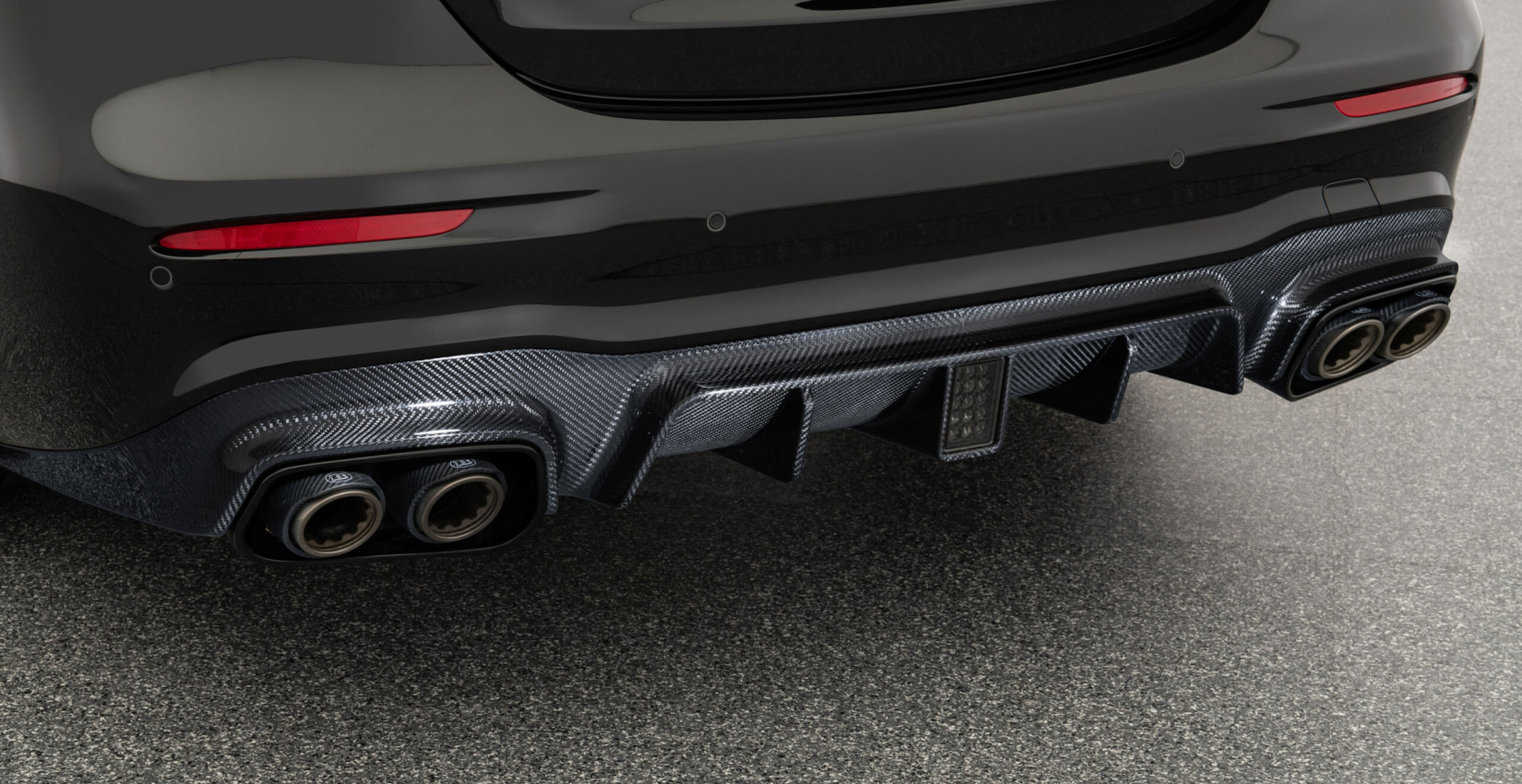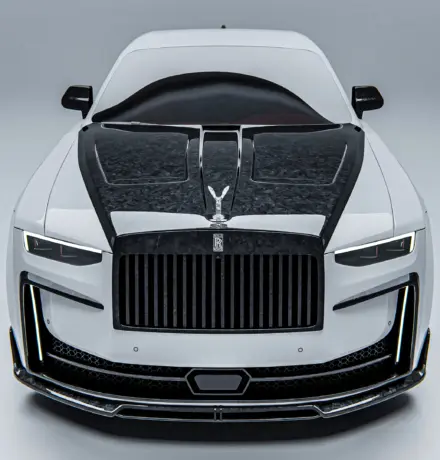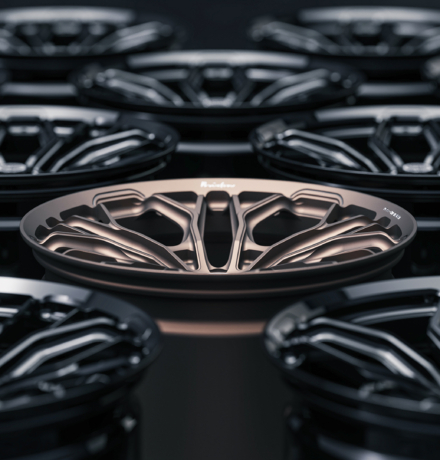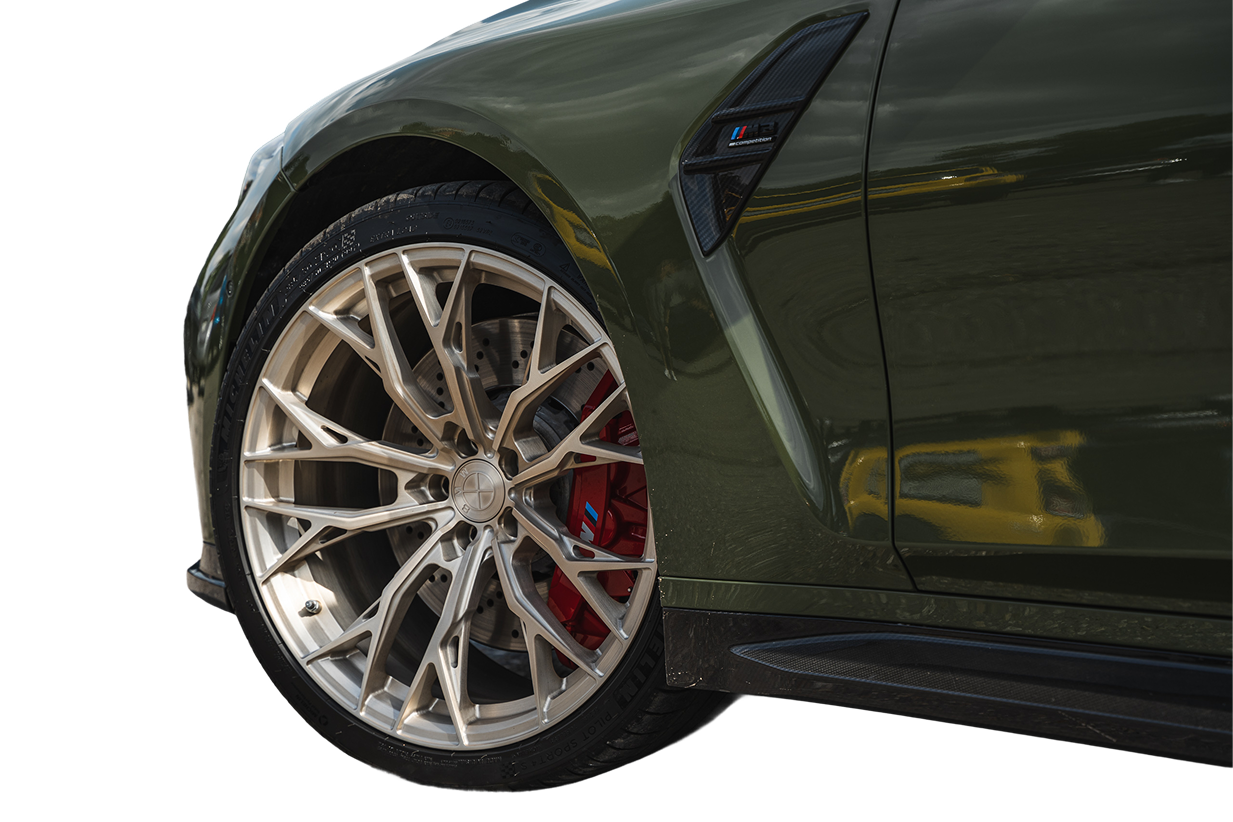The exhaust system of a vehicle is a set of devices responsible for carrying gases from the engine to the rear of the vehicle and cleaning them before they are released into the atmosphere.
It plays a key role in ensuring environmental safety and vehicle performance. For example, a properly functioning EC helps to improve fuel consumption and increase engine power by optimizing exhaust gas removal.
It also helps reduce engine noise, which improves driving comfort. Malfunctions, such as breakdowns or blockages, result in reduced engine power, increased fuel consumption and higher emission levels.
Regular inspection and maintenance is an important part of the overall care of the vehicle, ensuring its long-term and safe operation.
A vehicle’s BC includes a number of key components, each of which performs specific functions to effectively remove exhaust gases from the engine and minimize their harmful effects on the environment and human health. Here are the main elements of the exhaust system:
Exhaust manifold
- Attached directly to the engine cylinders.
- Collects exhaust gases from each cylinder and directs them into a single stream to the rest of the exhaust system.
Lambda probe
- Located before and/or after the catalytic converter.
- Measures the oxygen content of the exhaust gases to optimize engine performance and catalyst efficiency.
Catalyst
- Contains platinum, palladium and rhodium that catalyze chemical reactions that convert harmful substances (carbon monoxide, nitrogen oxides, hydrocarbons) into less harmful substances (carbon dioxide, water and nitrogen).
Silencer
- Reduces the noise created by exhaust gases through the use of a series of chambers that disperse the sound.
- May contain additional chambers for additional noise reduction.
Resonator
- Often used to further reduce sound vibrations.
- Works in conjunction with the muffler to provide quieter engine operation.
Exhaust pipe
- Leads from the catalytic converter to the rear of the vehicle, carrying cleaned gases out of the system.
- Must be sealed to prevent gases from leaking into the interior of the car.
The exhaust system is designed to minimize harmful emissions and noise as much as possible, and to ensure optimal engine performance. Regular maintenance is important to maintain efficiency and reliability.
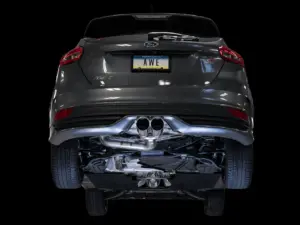
Pros of exhaust system tuning
- Increase engine power and torque by reducing back pressure in the exhaust system. This can allow gases to flow more freely, which improves the «breathing» of the engine.
- The modification is often aimed at achieving a more aggressive and ear-pleasing engine sound, which is a popular change among automotive enthusiasts.
- Replacing standard exhaust components with lighter counterparts (often made of high-quality stainless steel or titanium) can reduce the overall weight of the car, which has a positive effect on its dynamics and handling.
- Tuned exhaust systems often have a more attractive appearance, such as with chrome or carbon fiber tips, which enhances the appearance of the vehicle.
Types of exhaust system tuning
Tuning can be done in a variety of ways depending on the goals of the car owner, whether it’s to improve performance, sound, appearance, or even all at once.
- Replacing a standard muffler with a sport muffler can significantly change the sound of a car, making it deeper and sharper. Sport mufflers also often reduce back pressure, which contributes to better engine performance.
- Sport catalytic converters have less resistance to exhaust flow than conventional catalytic converters, resulting in improved engine dynamics and power. They also maintain environmental standards, but may be less effective in cleaning the exhaust.
- The cat-back system incorporates all exhaust system components behind the catalytic converter, including the muffler and tailpipes. This optimizes the entire «cat-back» portion of the exhaust system, improving performance and sound.
- Complete exhaust system replacement («turbo-back» or «header-back»). This type of tuning involves replacing the entire exhaust system from the turbine or header to the tailpipe. This is the most radical form of tuning and can significantly increase performance by reducing back pressure and optimizing exhaust flow.
- Adding or replacing a resonator can help change the sound of a car, making it softer or, conversely, more aggressive. Resonators can also help reduce rattling and other unwanted sound effects.
Use of exhaust tips. While this modification mainly affects the appearance, some exhaust tips can slightly alter the sound characteristics of the exhaust. This is the least expensive way to make changes to the exhaust system.
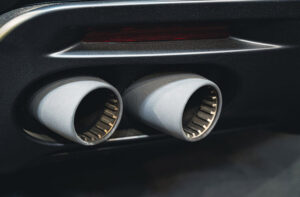
Features
- One of the main goals of exhaust tuning is to reduce back pressure, which can lead to improved engine power and efficiency. However, excessive reduction can negatively affect engine performance, especially at low rpm.
- Modern sports exhaust systems are often made of stainless steel or even titanium, which provide durability and corrosion resistance, and can also reduce the overall weight of the vehicle.
- Many car owners seek to change the sound of their car through exhaust tuning, making it deeper and richer. There are many muffler options and designs available to achieve the desired sound effect.
- Modifications can affect the terms and conditions of your car insurance. Some insurance companies may require additional premiums or even refuse to insure modified cars.
Recommendations
- First of all, be clear about what you want to achieve from tuning. Do you want to improve sound, increase power, reduce weight or improve appearance? This will help you choose the right components and tuning methods.
- Different countries and regions have different laws regarding vehicle noise and emissions. Make sure the components and modifications you choose meet all necessary environmental and other regulations to avoid fines and other legal problems.
- Use high-quality components from reputable manufacturers. Good quality materials and workmanship ensures the longevity of the system and reduces the risk of system failure.
- Even the highest quality components will not work properly if they are not installed correctly. Professional installation ensures that all elements of the system work properly and work together.
- When modifying the exhaust system, it is important to consider how the changes will affect the overall performance of the vehicle. For example, reducing back pressure may require additional engine tuning to optimize performance.
- After tuning your exhaust system, regularly inspect all of its components for wear and damage. This is especially important for high-performance vehicles that are operated under harsher conditions.
- Tuning can increase fuel consumption and overall vehicle operating costs. Be prepared for a possible increase in the cost of maintaining the vehicle.
- When replacing standard exhaust system parts, keep the original components. This can be helpful if you need to return your vehicle to a standard configuration, such as for sale or to meet legal requirements.
By following these recommendations, you can improve the performance and appearance of your vehicle while meeting legal requirements and ensuring road safety.









